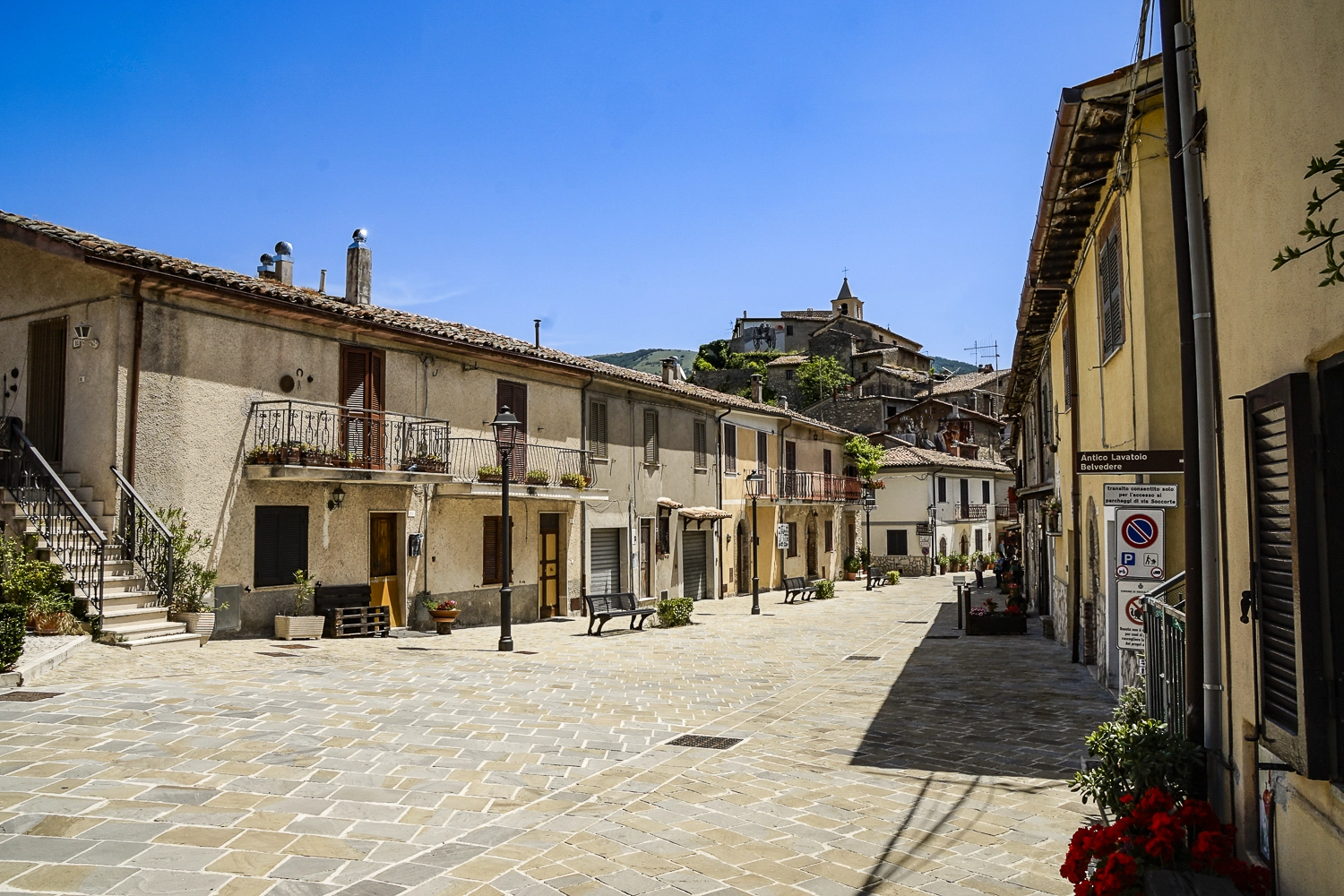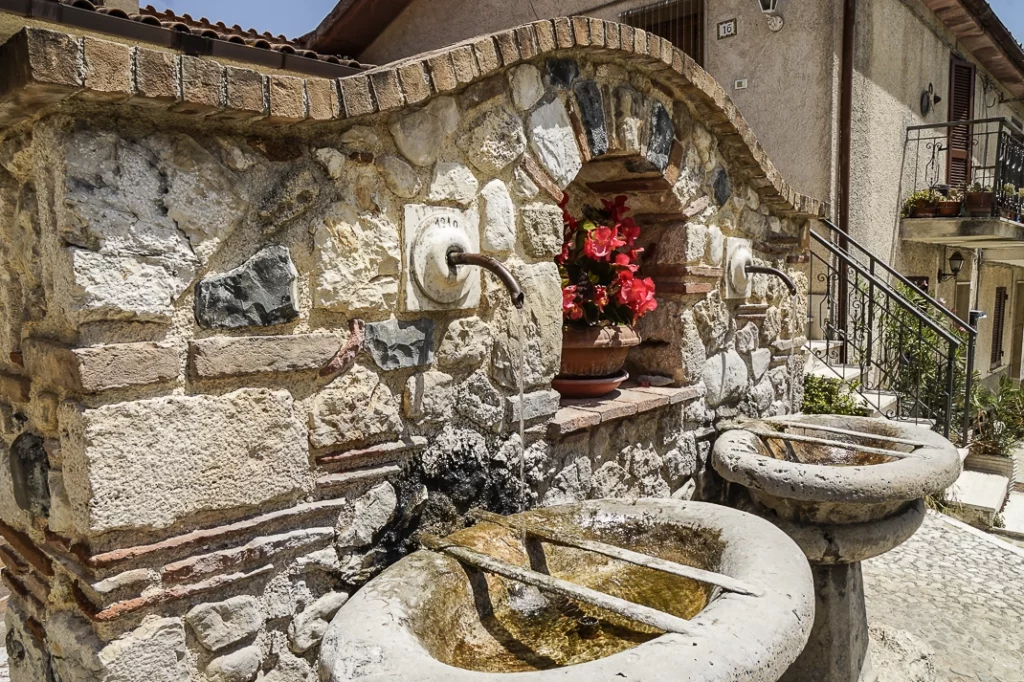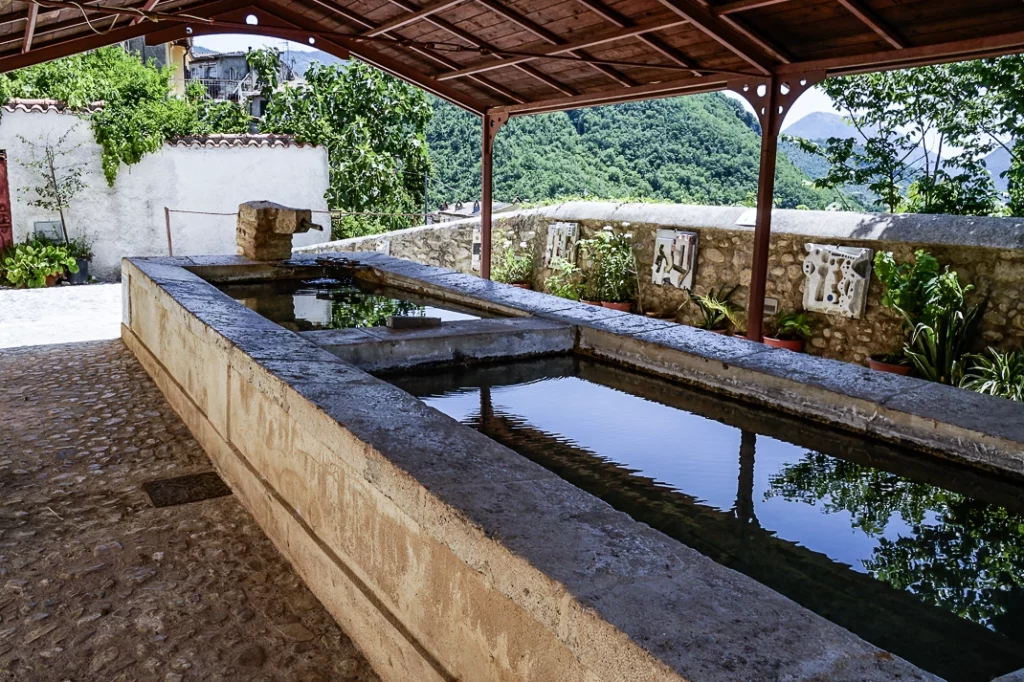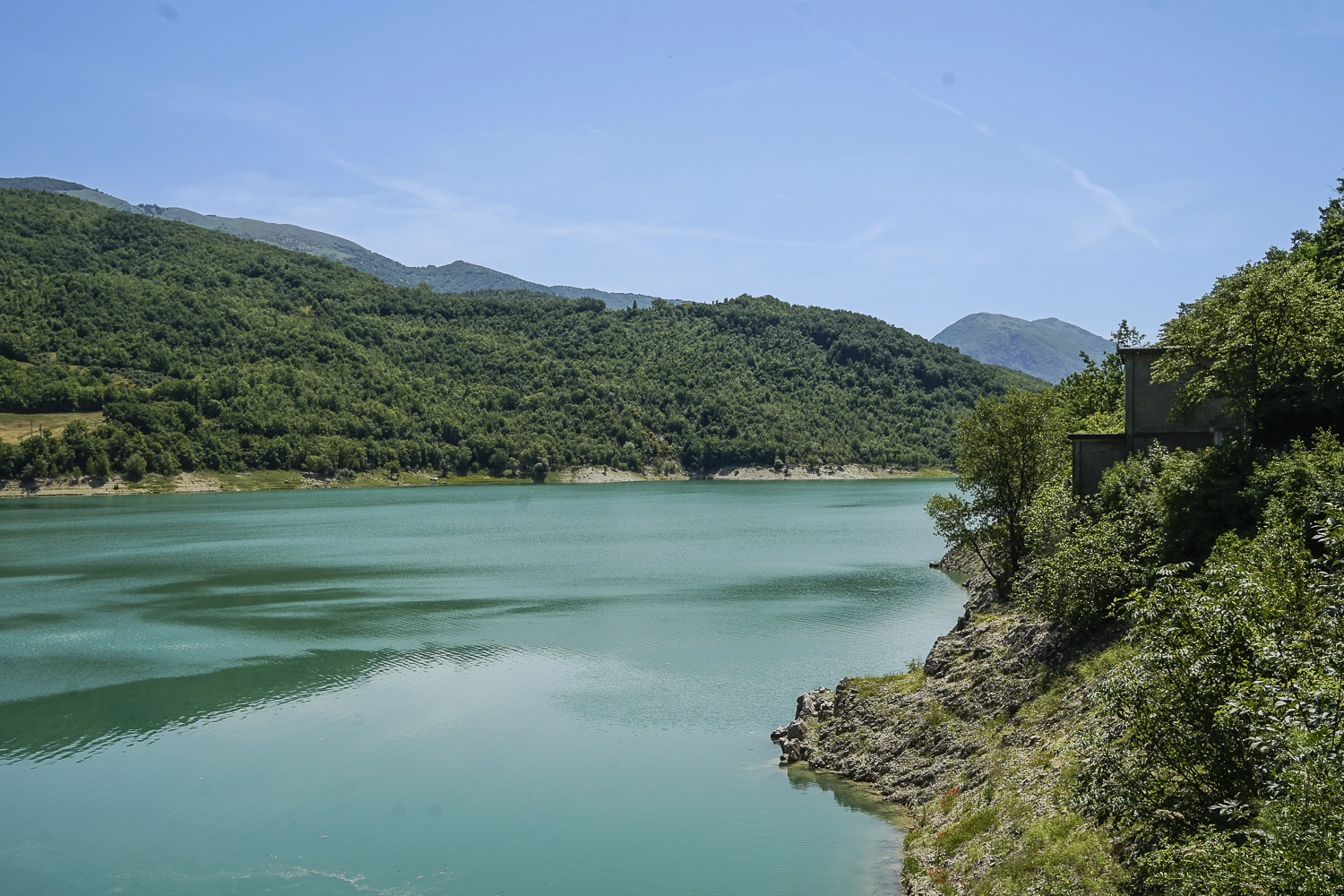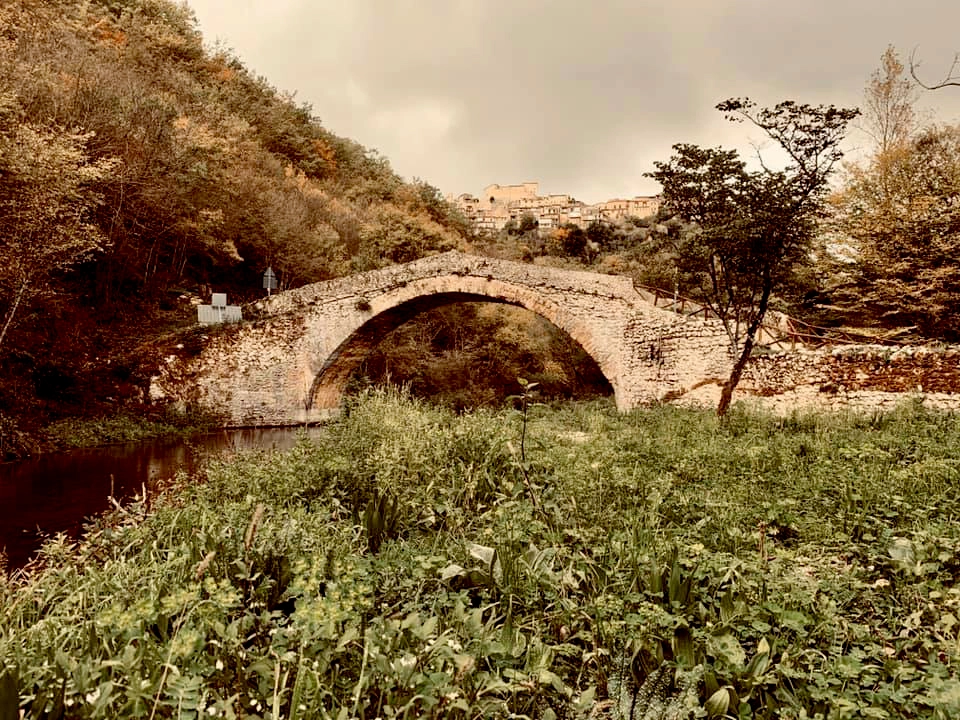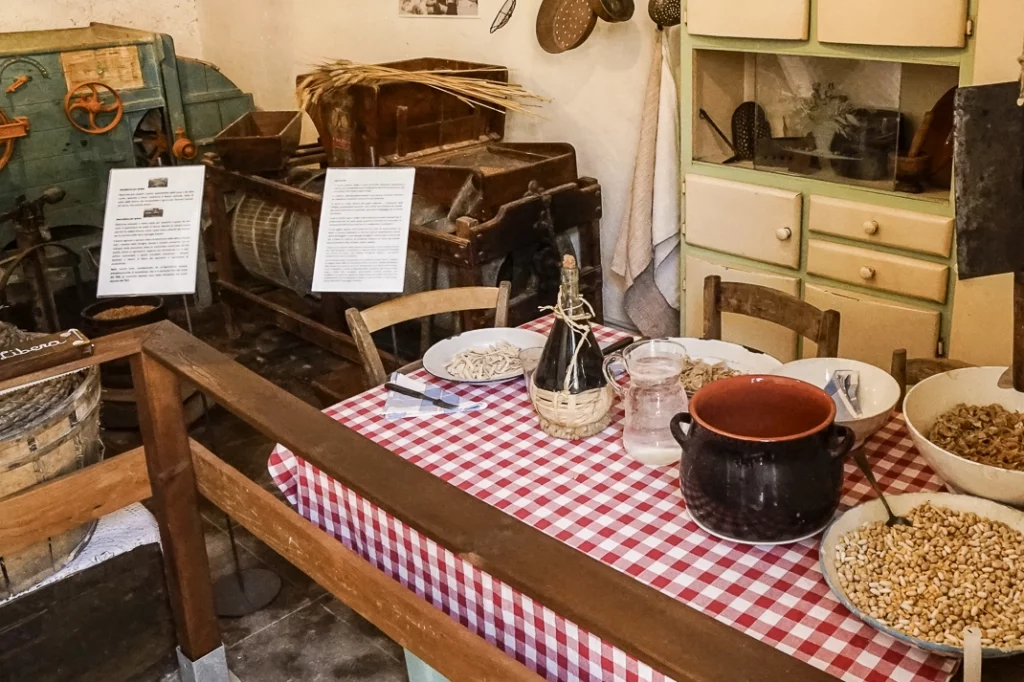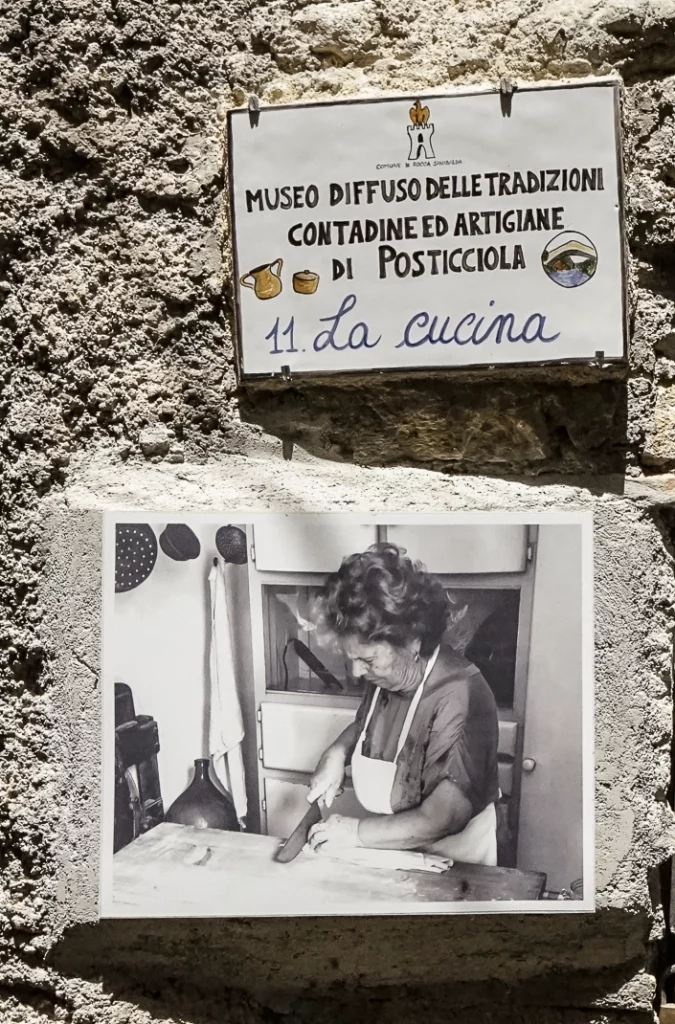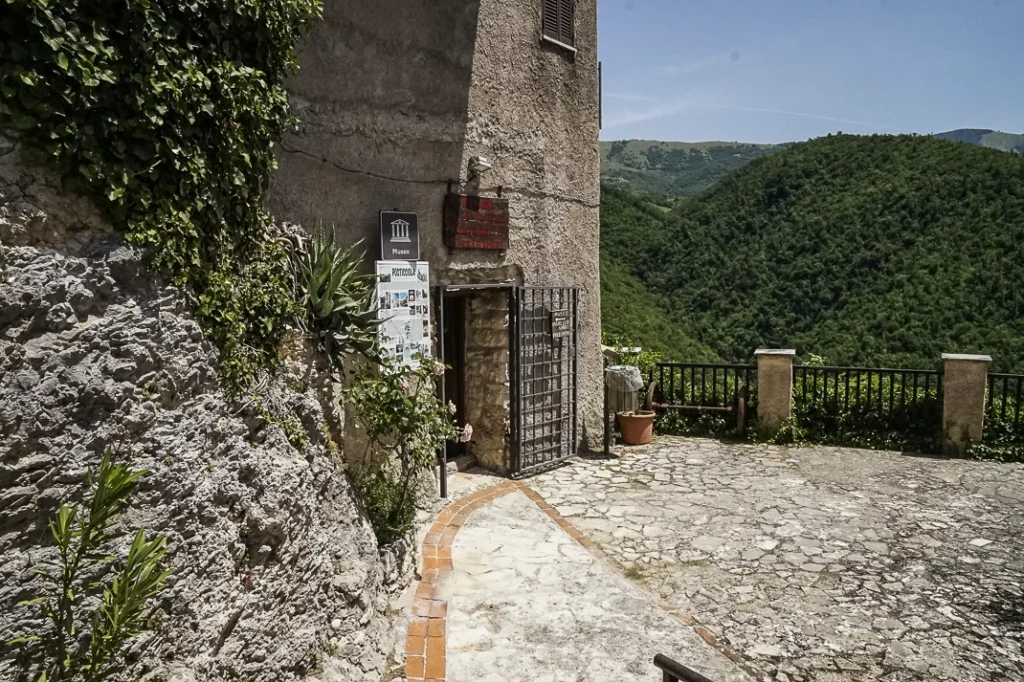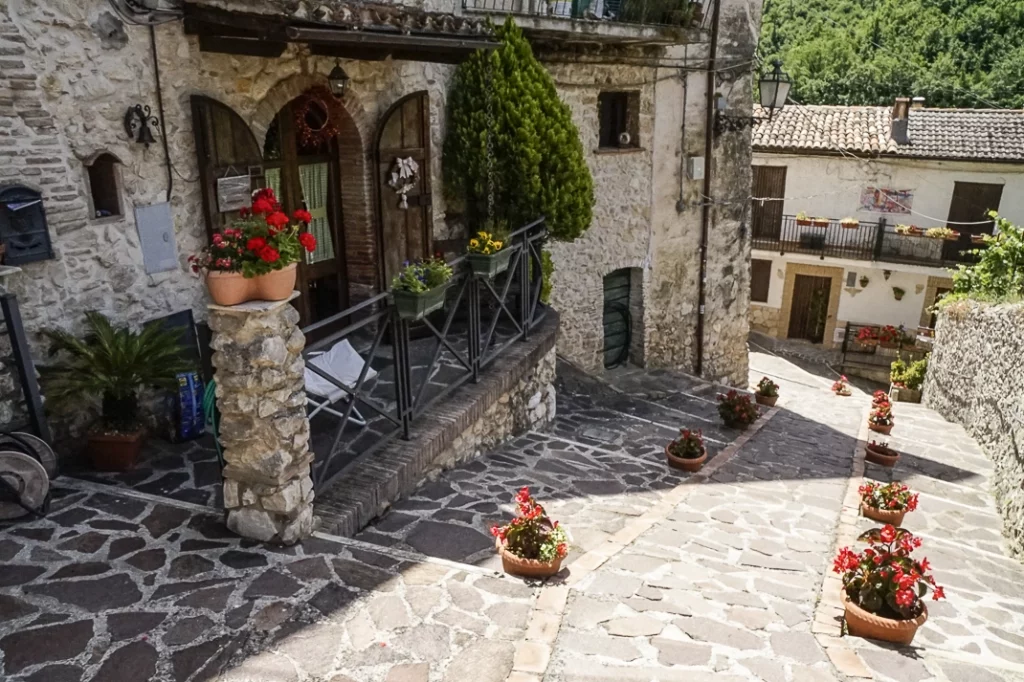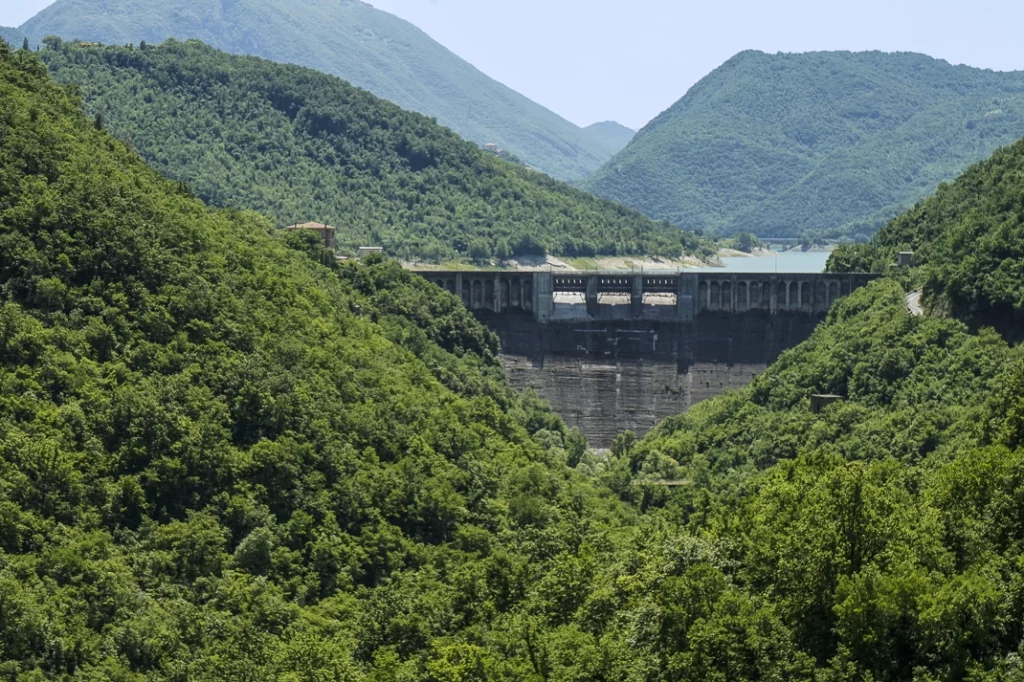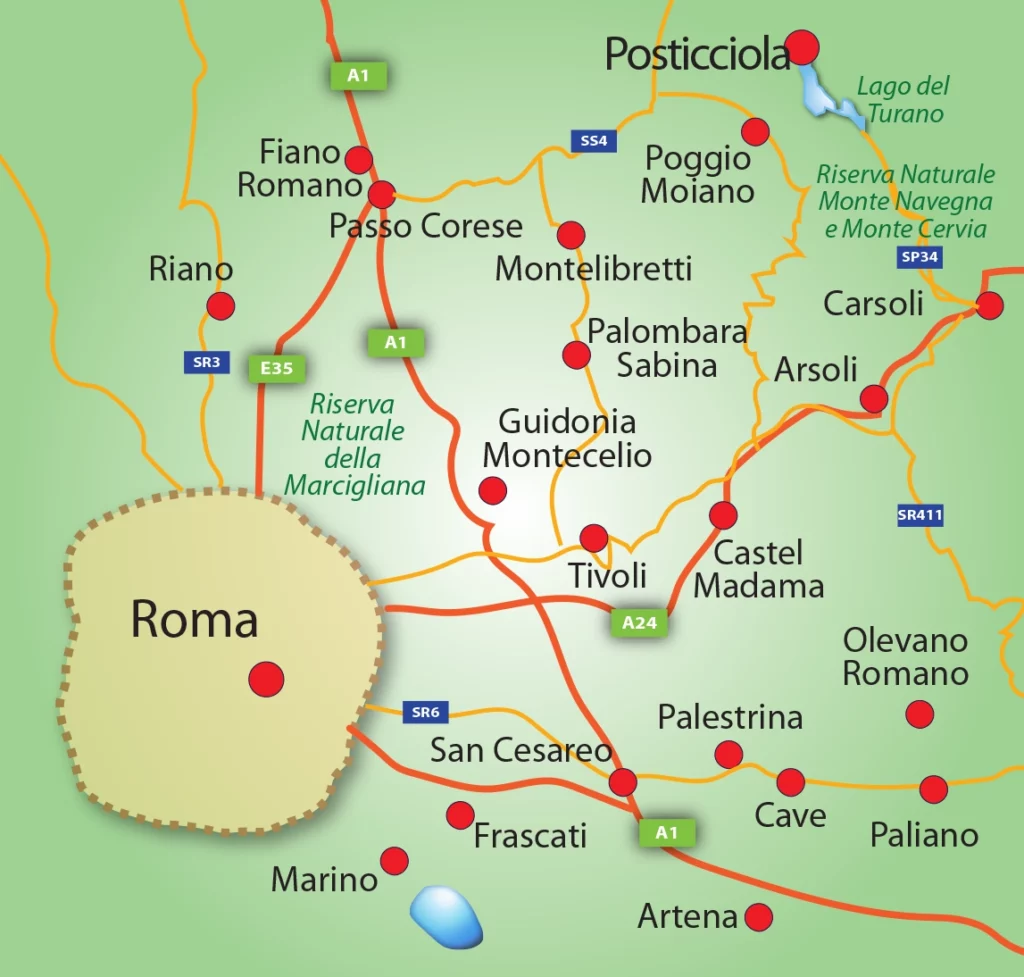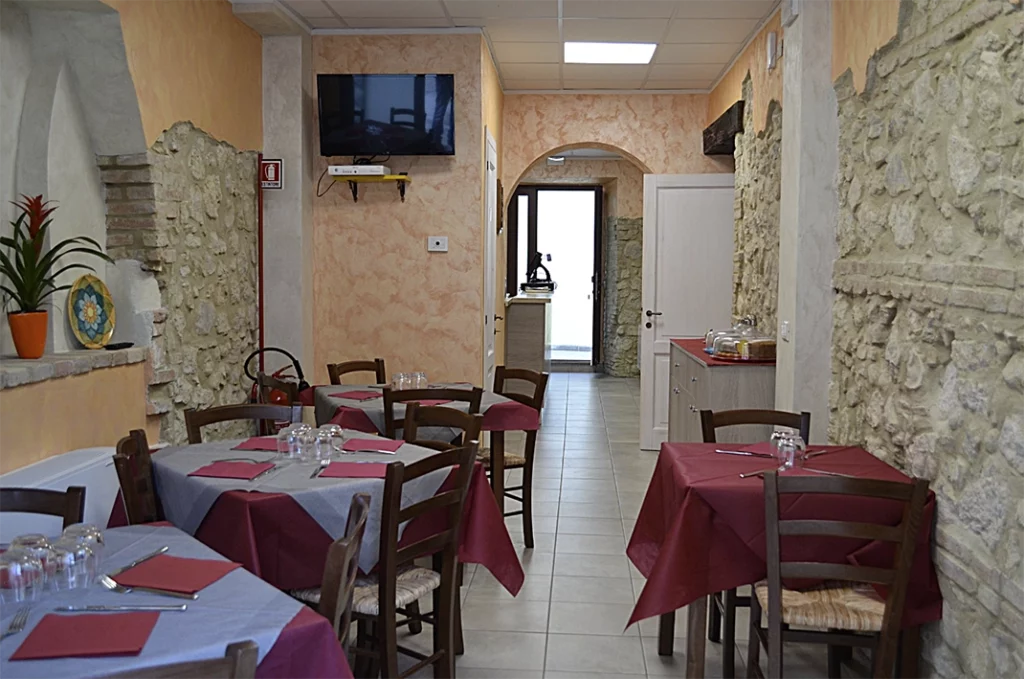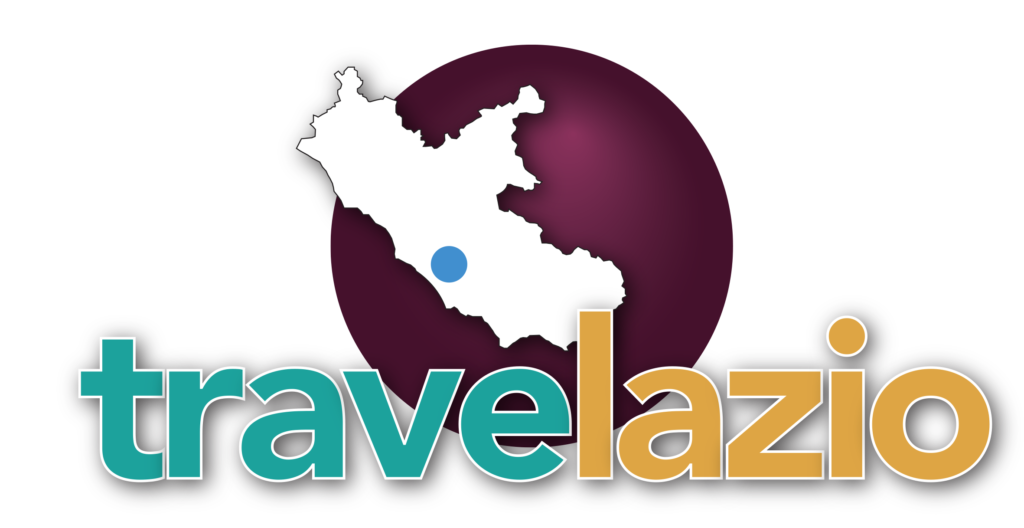

Posticciola: Bridging the millenniums
We stumbled upon the lovely village of Posticciola Saturday on our way to Rocca Sinibalda where we were attending the birthday party of Marina’s sister.
In search of a 1,000-year-old Roman bridge, we stopped for directions and discovered a flower-laden medieval village surrounded by forests with friendly people and great views of an artificial lake.
You not only can’t find Posticciola in travel guides, you can’t find it in Wikipedia. The town goes back to the 9th century. Many hiking trails and small roads lead to villages all around northern Lazio but Posticciola is worth hanging out for an afternoon. Have a cold beer at Trattoria da Elena with the outdoor picnic tables and where you can order from the main street of Via del Popolo.
Things to do
1 • Ponte Romanico. The stone church dates to the 11th century and bridges the Turano River. Near the bridge is evidence of the Garitta Muraria, the border point between the old Papal States and the Two Sicilies where taxes were charged to travel between the two. A sign in the village points down a crude staircase. It changes to a narrow path and descends deep into the forest. It’s about a 15-20 minute walk to the bridge.
2 • Museo and Museo Diffuso. This small, free museum (donations welcomed) has farm and household equipment used in the area over the centuries. There’s a wheat thresher, pots and pans and a sample table setting for dinner. Old black and white photos show townsfolk making pasta by hand. A new Museo Diffuso with a bigger display room is just down the street.
3 • Chiesa di Santa Maria Assunta Immacolata. Located on Via del Corte 100 meters from the village entrance, the church hovers over the entire zone. It’s a recently restored palace first built in 1824. Seminary students studied there for five years before transferring to the abbey at San Salvatore Maggiore in Concerviano, 12 miles (20 kilometers) to the north. The church features an organ that the French confiscated at the time of the Roman Republic, which replaced the fallen Papal States, in 1811 and sold at an auction. A man named Giovanni Domenico Alessandrini acquired it and gave it to the church.
Lago del Turano
The lake is six miles (10 kilometers) long and at 536 meters, it’s a cool respite from Rome’s broiling summers.
The beautiful green water is artificial, springing from a dam built in 1938. After the dam was built, water began to form due to heavy fall rains. Local farmers had to remove their crops. By winter, water had covered the valley floor and the villages closed.
Today, the lake provides energy for Enel, one of the many companies that supplies Rome.
When we visited, two lone kayakers were about to paddle into the water.

